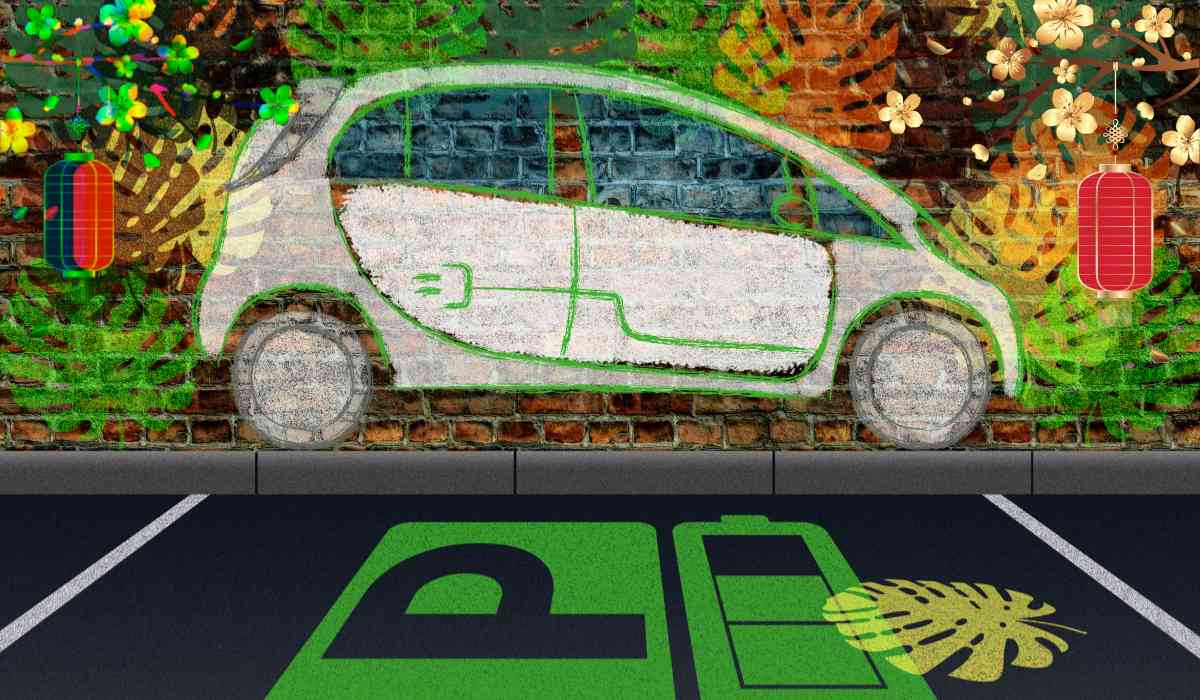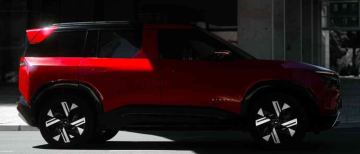Remember that time Tesla's shiny new Cybertruck screeched to a halt due to a sticky accelerator pedal situation? It turns out that an ''unapproved change introduced lubricant (soap)'' during the assembly of the accelerator pedals. This recent recall was a bit of a bump in the road for Tesla, but it highlights China's massive opportunity as a massive player in the EV sector. Buckle up, because we're about to take a spin through China's electrifying journey to EV supremacy.
China's got a long history of being a trade champion, dating back to the days of the Silk Road. Back then, it was all about silk pyjamas and fancy spices. Now, they're exporting cutting-edge electric vehicles, and with a whopping 57% of the world's EVs rolling off their production lines, that's more electric cars than there are people in California—enough to cause a serious traffic jam on the Pacific Coast Highway!
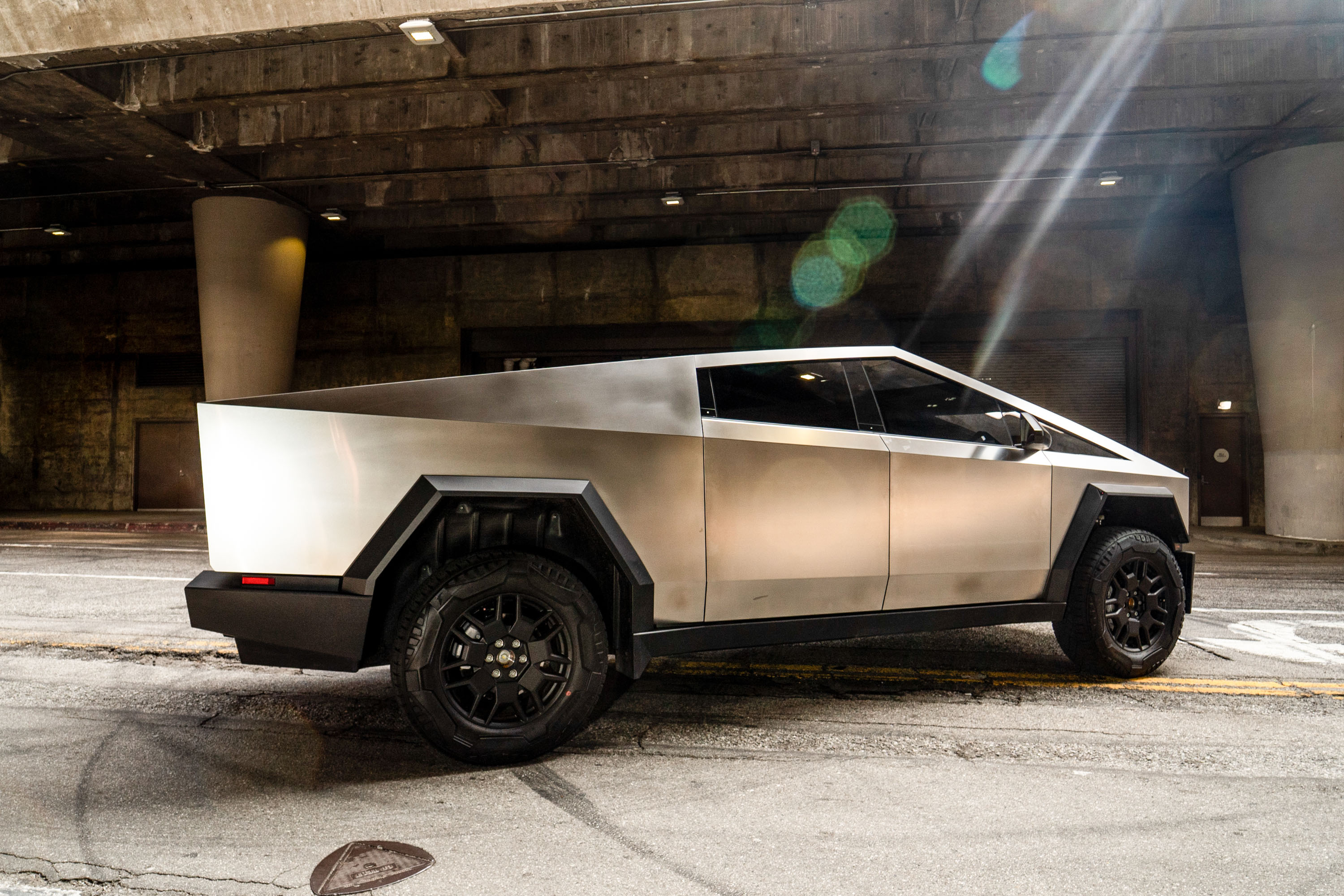
This dominance wasn't built overnight. China's been building its manufacturing muscles for decades, like a car enthusiast who spends more time tinkering in the garage than actually driving. One of their secret techniques? A policy called "walking on two legs"—a fancy way of saying they both made their own stuff and welcomed foreign investment. This created a unique blend of old-school know-how and high-tech wizardry. The result? A massive pool of skilled workers, not just on the assembly lines but also in engineering, design, and brainstorming better battery ideas. It's this all-encompassing approach that made them a well-oiled machine, although maybe not quite as oiled as it used to be. Labour costs are creeping up faster than a snail on sleeping pills, and let's be honest, who wants to go back to manual labour after getting used to that sweet, sweet AC? China's facing a challenge here, but it's also an opportunity to level up their workforce into even higher-skilled jobs in the EV industry.
China isn't resting on its laurels (or, should we say, lithium reserves?). They're like a chess player who sees a few moves ahead. Countries like India and Vietnam are starting to revise their own EV engines, and China recognises them as potential competitors. India's got a huge and tech-savvy population, perfect for building a homegrown EV industry. The Indian government is even sweetening the deal for manufacturers with discounts that would make even the strictest bargain hunter grin, and they're investing big time in building a network of charging stations, which is currently a bit of a hurdle for EV adoption, like trying to drive a race car on a dirt track. Vietnam, on the other hand, is leveraging its lower labour costs and growing trade partnerships to become an EV manufacturing hub.
_1713783370.png)
China's Stockpile of Shiny Rocks: A Lithium Love Affair
Here's a closer look at China's lithium advantage, which is basically the secret sauce of their EV batteries:
- Reserves: China sits on a mountain of lithium, the biggest pile in the world, estimated at around 7.9 million metric tonnes (as of 2023). That's like having a Scrooge McDuck vault overflowing with shiny rocks, but instead of swimming in money, they're swimming in battery power!
- Production: China is also the world's largest lithium producer, churning out over 60% of the world's supply in 2022. This gives them major control over the whole lithium supply chain, kind of like how they control the remote in a movie theatre—they decide how much juice goes into your EV.
- Processing: China is a big cheese (or should we say, lithium champion) in lithium processing, which is like taking those raw rocks and turning them into something usable for batteries. This further strengthens their grip on the battery production game.
However, China's reign over the Lithium Kingdom might not last forever. Other countries are starting to explore their own lithium reserves, and there's a growing movement to recycle old batteries instead of relying on new ones. It's like finding a drawer full of old phone chargers—you have to reduce, reuse, recycle, you know?
So, how does China stay ahead of the pack? They're playing a high-tech game of chess, and right now, they've got the queen in the form of battery production. With over 70% of the world's battery production capacity, they control the very heart of the EV. It's like having a secret stash of all the best batteries—the ones that offer extended range, faster charging times, and come with a lifetime supply of bubble wrap to prevent any soapy mishaps (looking at you, Tesla!). This dominance in battery technology gives China a crucial edge, allowing them to not only power their own EVs but also supply batteries to global automakers like they're handing out party favours at a kid's birthday bash. Imagine every major car company relying on China for the heart and soul of their electric vehicles—that's some serious leverage!
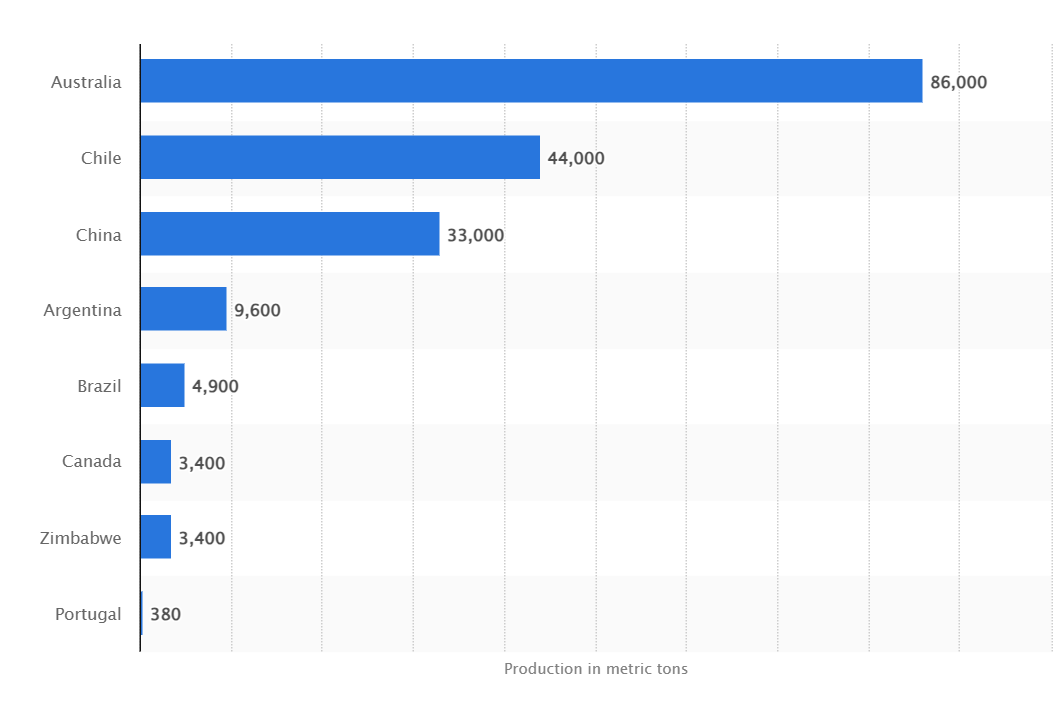
(Leading lithium producing countries worldwide 2023)
China's advantage goes beyond just their battery production capacity. Their long-standing policy of "self-reliance" has also played a significant role, like a student who aced a test by studying really, really hard (and maybe borrowing a few notes from a friend here and there). This policy, initiated in the 1950s, aimed to reduce China's dependence on foreign imports and technology. By investing heavily in domestic research and development, China was able to create a robust domestic EV industry and battery supply chain. It's like building their own personal EV playground, complete with all the latest gadgets and gizmos. This policy of self-reliance continues to shape China's approach to the EV market. The government is pouring resources into developing next-generation battery technologies, ensuring they stay ahead of the curve and don't get left behind like a flip phone in the smartphone era.
China's EV Ride: Not Without Its Bumps and Potholes
China's rise to EV king isn't without its share of fender benders. Here's a look at some of the challenges they're facing:
Quality Control: While China has come a long way in terms of manufacturing quality, there have been instances where a few lemons have slipped through the cracks. Imagine buying a brand new EV and finding out it has the structural integrity of a cardboard box—not ideal for a smooth ride. This can damage their reputation and make customers hesitate before taking the plunge into the world of Chinese EVs.
Environmental Impact: The massive battery production facilities can leave a bigger footprint than Bigfoot himself. Energy consumption, pollution from mining, and the use of hazardous materials are all environmental concerns that China needs to address. It's like having a super cool racetrack but forgetting to clean up the oil spills—not a good look.
Trade Tensions: The ongoing trade tensions with countries like the US can create some unwanted turbulence, like a sudden hailstorm during a road trip. This could potentially affect China's ability to export EVs and EV parts, throwing a wrench into their plans for global dominance.
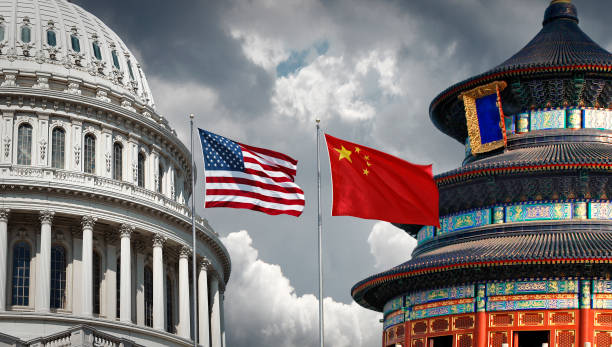
But hey, China's a master mechanic when it comes to problem-solving. They're constantly innovating and finding ways to navigate these roadblocks. Here are some of the tools they're using to keep their EV engine running smoothly:
Embracing Greener Technologies: China's like a reformed penny-pincher, now investing heavily in eco-friendly ways to produce batteries. They're also exploring alternative battery technologies like sodium-ion batteries, which are less reliant on lithium—kind of like finding a new, more sustainable route on your GPS. Here are some specific policies or pacts that China has implemented to achieve this:
Subsidies for green technology research and development: The Chinese government offers financial incentives, such as Dual Credit Policy, tax breaks, and grants, to companies and research institutions that are developing new and innovative clean energy technologies, including battery production methods. This helps to offset the initial costs of research and development and encourages companies to invest in greener technologies.
National Green Technology Innovation Alliance: In 2017, China launched the National Green Technology Innovation Alliance, a consortium of leading companies, research institutions, and universities working together to develop green technologies, including cleaner battery production methods.
Participation in international agreements: China is a signatory to several international agreements that promote clean energy and environmental sustainability, such as the Paris Agreement on climate change. This demonstrates China's commitment to developing greener technologies and reducing its environmental impact.
Stricter environmental regulations: China has also implemented stricter environmental regulations for battery production facilities. These regulations aim to reduce pollution from mining and manufacturing processes and to ensure that batteries are disposed of safely at the end of their lifespan.
Investment in renewable energy: China is also investing heavily in renewable energy sources, such as solar and wind power. This will help to reduce the carbon footprint of battery production, as these facilities will be powered by clean energy sources.
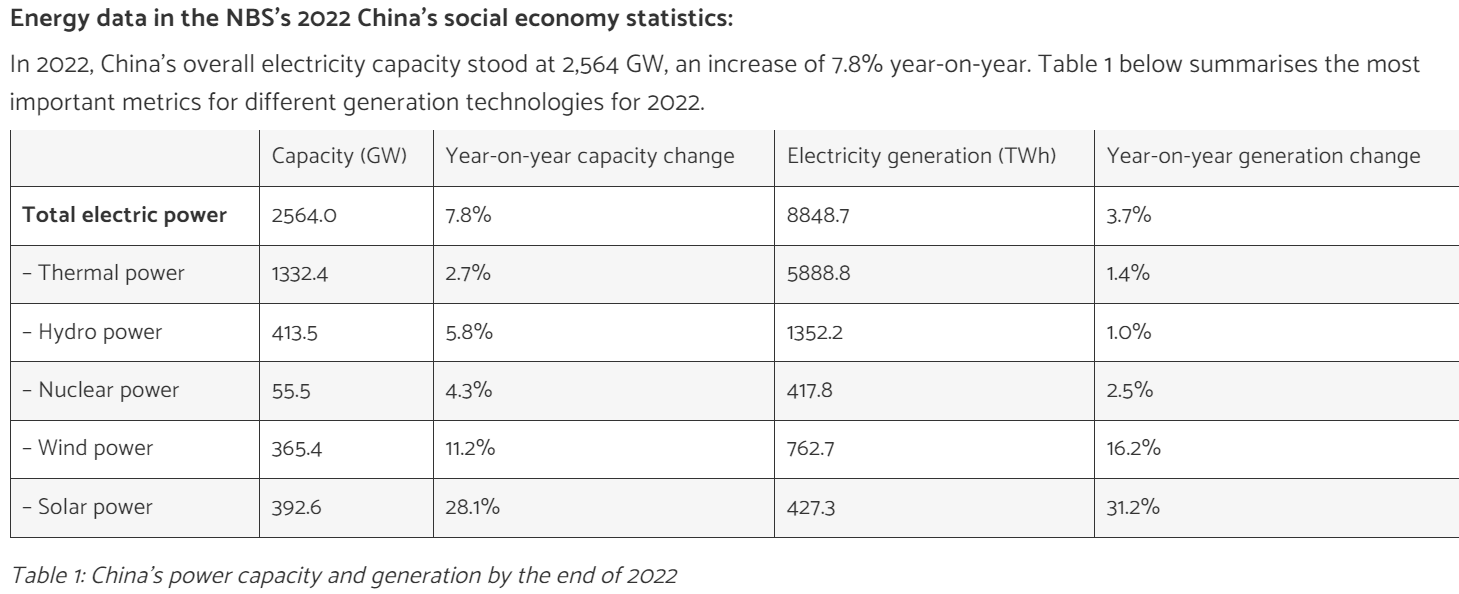
(2022 ENERGY STATISTICS SHOW RAPID DEVELOPMENT OF RENEWABLE ENERGY IN CHINA)
Supercharging the Future: China's Ambitious Goals
China's commitment to electric vehicles goes beyond just maintaining their current dominance. The government has outlined some seriously ambitious goals, like aiming to win the EV race and then some. Buckle up, because these targets are about to take you for a spin:
The New Energy Automobile Industry Plan (2021-2035): This plan is basically China's EV roadmap, with a target of 20% of vehicle sales being zero-emission vehicles (ZEVs) by 2025. That's like setting a goal to have one out of every five cars on the road be electric—a major step towards a cleaner future.
China Society of Automotive Engineers' Vision: These guys are looking even further ahead, with a vision of over 50% of vehicle sales being electric by 2035. That's like picturing a world where gas stations are as rare as rotary phones—a bold prediction, but with China's track record, it's not entirely unbelievable! These ambitious targets align perfectly with China's broader goal of achieving carbon neutrality across the entire economy before 2060. By transitioning to electric vehicles, China is taking a significant step towards reducing its dependence on fossil fuels and becoming the world's eco-conscious trendsetter, like that friend who always remembers to bring a reusable water bottle.
Collaboration is Key: Cruising Towards a Sustainable Future
The EV revolution isn't a one-man show; it's more like a global carpool. No single country can claim complete ownership, and collaboration is key to accelerating innovation and making EVs more accessible and affordable for everyone. Here are some potential areas for future carpooling sessions:
Standardisation of Charging Infrastructure: Imagine being on a road trip and realising your phone charger doesn't fit the wall outlet! That's kind of what it's like with charging stations right now. A universal charging standard would eliminate this frustration and make it easier for people to travel long distances in EVs. Nobody wants range anxiety, especially on a vacation!
Battery Recycling: EV batteries are like that old toy you loved as a kid—eventually, they need to be replaced. But what happens to those used batteries? Developing a more efficient and eco-friendly process for recycling EV batteries is crucial for long-term sustainability. We don't want a junkyard of old batteries piling up, polluting the environment.
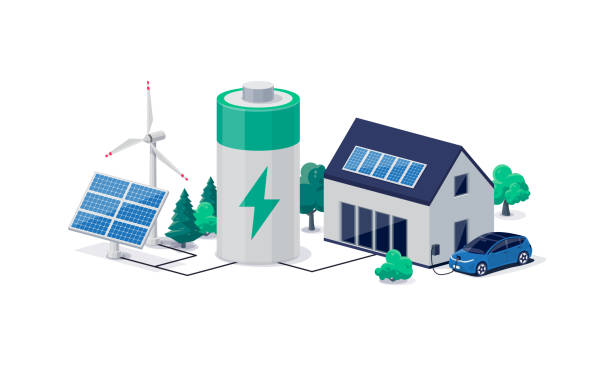
Sharing of Knowledge and Expertise: Imagine a world where scientists from different countries swap ideas and inventions like trading baseball cards. Collaboration between countries in research and development can accelerate breakthroughs in battery technology and EV design. This could lead to even more powerful, efficient, and affordable EVs for everyone.
By working together, countries like China, India, the US, and Europe can ensure a smooth transition to a cleaner future powered by electric vehicles. Buckle up, everyone! The road ahead is exciting, and it's going to be an electrifying ride! We're not just talking about reaching the destination; it's about enjoying the journey together and leaving a less polluted path for generations to come.
Inputs: Multiple agencies.
Ⓒ Copyright 2024. All Rights Reserved Powered by Vygr Media

